
9 Ways Lactobacillus Acidophilus Can Benefit Your Health
Probiotics are becoming popular food supplements.
Interestingly, each probiotic can have different effects on your body.
Lactobacillus acidophilus is one of the most common types of probiotics and can be found in fermented foods, yogurt and supplements.
What Is Lactobacillus Acidophilus?
Lactobacillus acidophilus is a type of bacteria found in your intestines.
It’s a member of the Lactobacillus genus of bacteria, and it plays an important role in human health.
Its name gives an indication of what it produces — lactic acid. It does this by producing an enzyme called lactase. Lactase breaks down lactose, a sugar found in milk, into lactic acid.
Lactobacillus acidophilus is also sometimes referred to as L. acidophilus or simply acidophilus.
Lactobacilli, particularly L. acidophilus, are often used as probiotics.
The World Health Organization defines probiotics as “live micro-organisms which, when administered in adequate amounts, confer a health benefit on the host”.
Unfortunately, food manufacturers have overused the word “probiotic,” applying it to bacteria that haven’t been scientifically proven to have any specific health benefits.
This has led the European Food Safety Authority to ban the word “probiotic” on all foods in the EU.
L. acidophilus has been extensively studied as a probiotic, and evidence has shown that it may provide a number of health benefits. However, there are many different strains of L. acidophilus, and they can each have different effects on your body.
In addition to probiotic supplements, L. acidophilus can be found naturally in a number of fermented foods, including sauerkraut, miso and tempeh.
Also, it’s added to other foods like cheese and yogurt as a probiotic.

Below are 9 ways in which Lactobacillus acidophilus may benefit your health.
1. It May Help Reduce Cholesterol
2. It May Prevent and Reduce Diarrhea
3.It Can Improve Symptoms of Irritable Bowel Syndrome
4.It Can Help Treat and Prevent Vaginal Infections
5.It May Promote Weight Loss
6.It May Help Prevent and Reduce Cold and Flu Symptoms
7.It May Help Prevent and Reduce Allergy Symptoms
8.It May Help Prevent and Reduce Symptoms of Eczema
9.It’s Good for Your Gut Health
How to Reap the Most from L. Acidophilus?
L. acidophilus is a normal bacteria in healthy intestines, but you can reap a number of health benefits by taking it as a supplement or consuming foods that contain it.
L. acidophilus can be consumed in probiotic supplements, either on its own or in combination with other probiotics or prebiotics.
However, it’s also found in a number of foods, particularly fermented foods.
The best food sources of L. acidophilus are:
Yogurt: Yogurt is typically made from bacteria such as L. bulgaricus and S. thermophilus. Some yogurts also contain L. acidophilus, but only those that list it in the ingredients and state “live and active cultures.”
Kefir: Kefir is made of “grains” of bacteria and yeast, which can be added to milk or water to produce a healthy fermented drink. The types of bacteria and yeast in kefir can vary, but it commonly contains L. acidophilus, among others.
Miso: Miso is a paste originating from Japan that is made by fermenting soybeans. Although the primary microbe in miso is a fungus called Aspergillus oryzae, miso can also contain many bacteria, including L. acidophilus.
Tempeh: Tempeh is another food made from fermented soybeans. It can contain a number of different microorganisms, including L. acidophilus.
Cheese: Different varieties of cheese are produced by using different bacteria. L. acidophilus is not commonly used as a cheese starter culture, but a number of studies have examined the effects of adding it as a probiotic.
Sauerkraut: Sauerkraut is a fermented food made from cabbage. Most of the bacteria in sauerkraut are Lactobacillus species, including L. acidophilus.
Other than food, the best way to get L. acidophilus is directly through supplements.
A number of L. acidophilus probiotic supplements are available, either on their own or in combination with other probiotics. Aim for a probiotic with at least one billion CFUs per serving.
If taking a probiotic, it’s usually best to do so with a meal, ideally breakfast.
If you are new to probiotics, try taking them once daily for a week or two and then assess how you feel before continuing.
If you are interested in our products, welcome to contact us.
Email: [email protected]







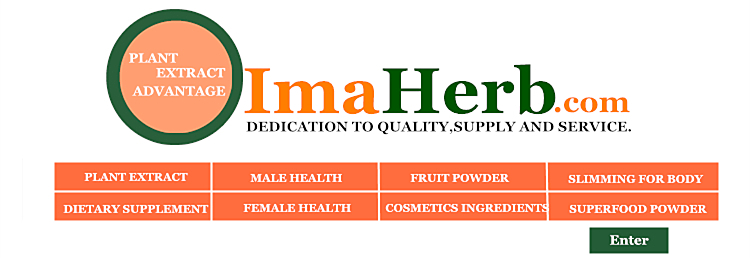


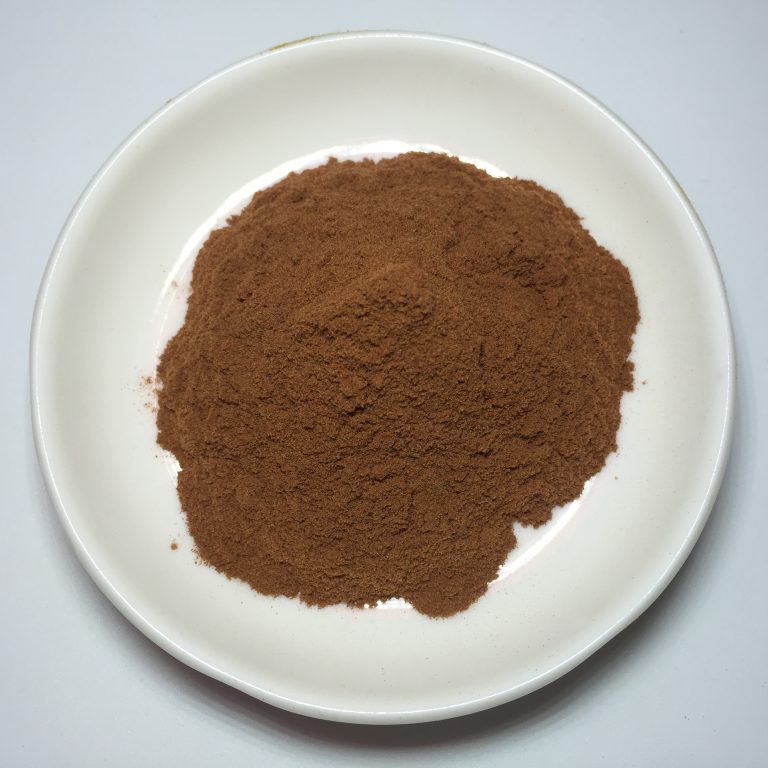 Imaherb China manufacturer supply Apple Extract Powder
Imaherb China manufacturer supply Apple Extract Powder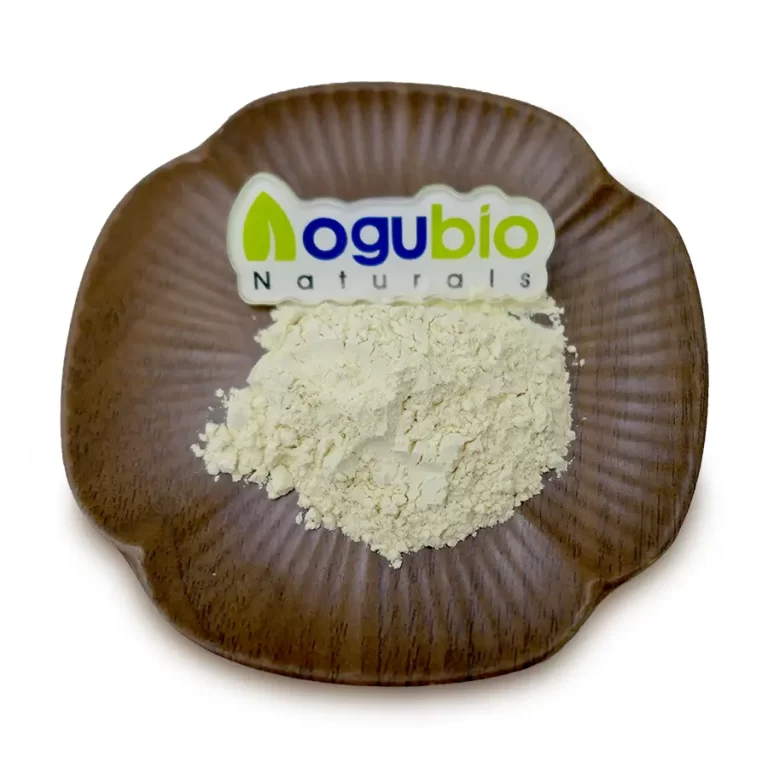 Imaherb China manufacturer supply Apigenin Powder 98%
Imaherb China manufacturer supply Apigenin Powder 98%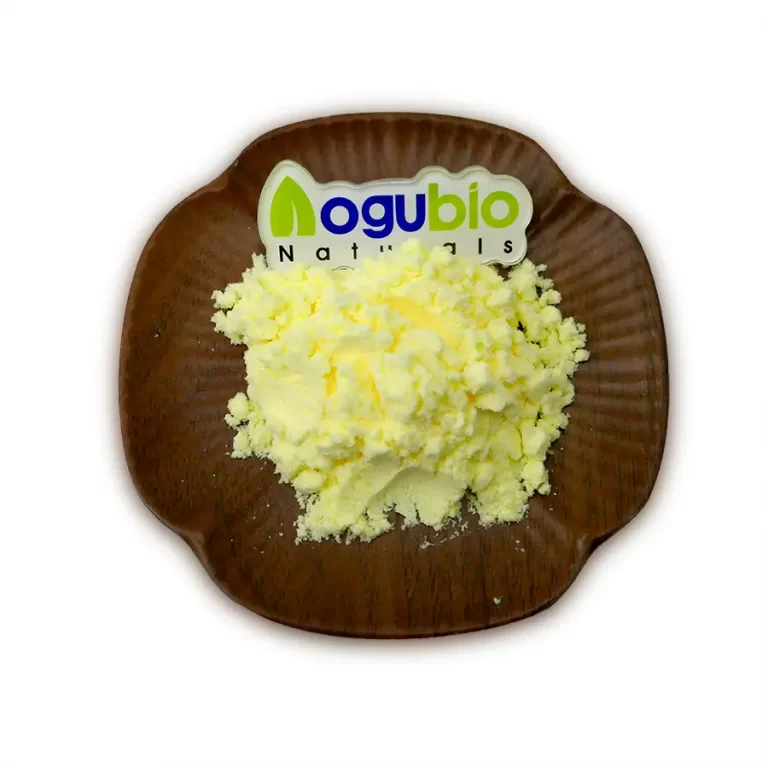 Imaherb Factory supply Alpha Lipoic Acid Powder CAS 1077-28-7
Imaherb Factory supply Alpha Lipoic Acid Powder CAS 1077-28-7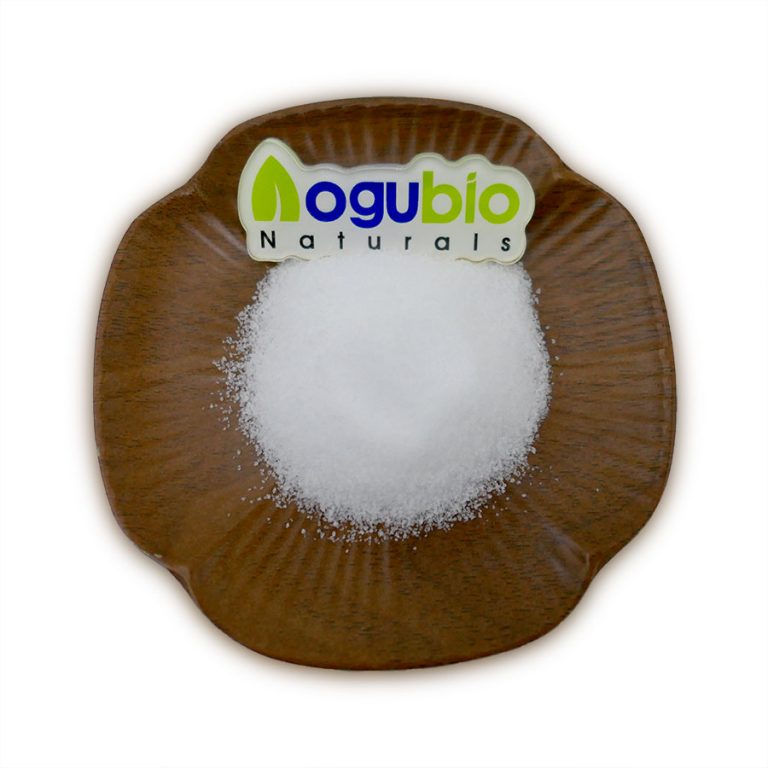 Imaherb Factory supply Alpha GPC Powder CAS 28319-77-9
Imaherb Factory supply Alpha GPC Powder CAS 28319-77-9 Imaherb Factory supply Alliin Powder 98% CAS 556-27-4
Imaherb Factory supply Alliin Powder 98% CAS 556-27-4 skype
skype Sales Manager
Sales Manager Rebekah
Rebekah Rachel
Rachel Miranda
Miranda Camilla
Camilla
 Sales Manager
Sales Manager